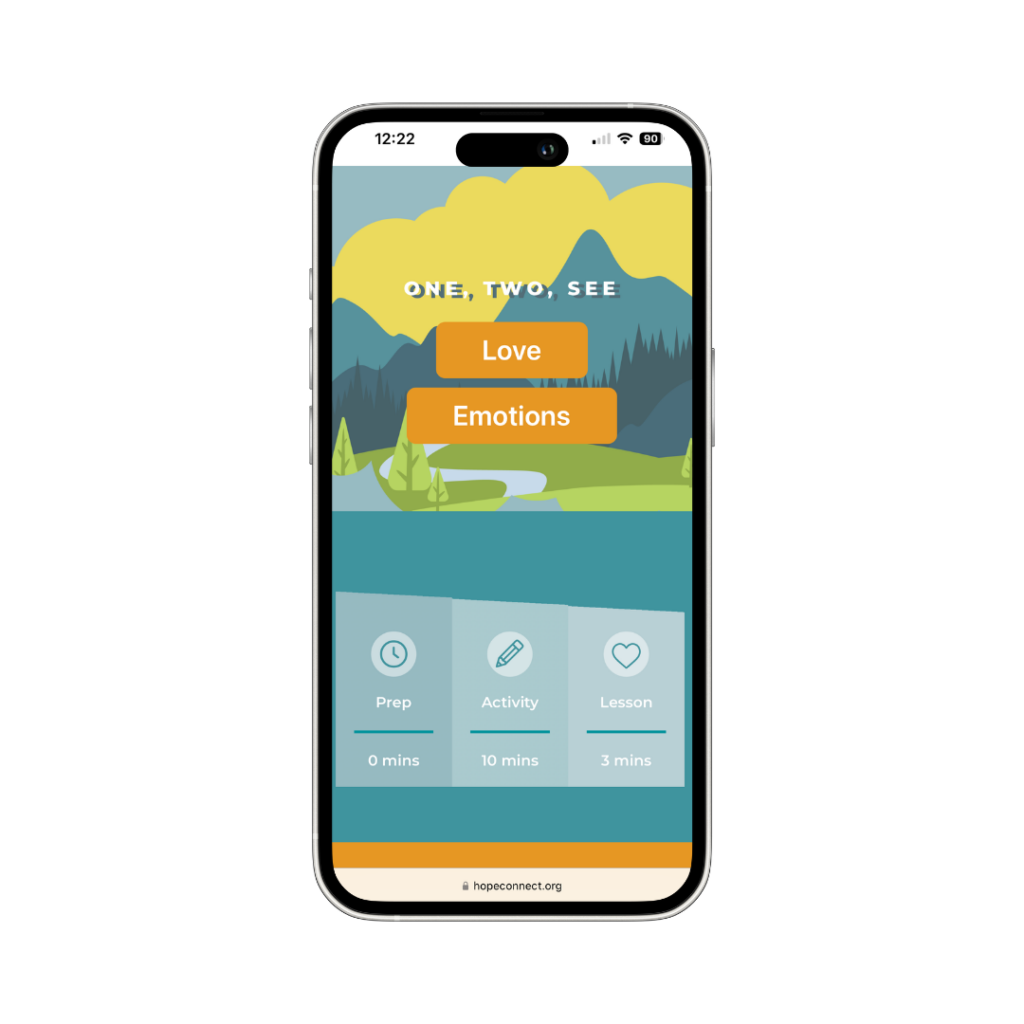This article is the second of our three-part series, The Practice of Forgiveness: A Powerful Catalyst for Human Flourishing by Rachel Medefind. Read part 2 here.
Recent research confirms that forgiveness is powerfully good for us as human beings. It is good for the mind, body, spirit and relationships. Jesus guides us toward forgiveness as a way of life.
Whatever the beginning point—if we hope to live a life of love and flourishing—we need to learn to forgive. When we’ve been wronged, there’s no other way back into love than forgiveness.
But what if doing it feels nearly impossible? Though forgiveness is difficult, unforgiveness is even more burdensome.
The good news is that, for those who would like to forgive but are struggling to do so, there are practical, research-based models of forgiveness that provide step-by-step guidance to begin to forgive. Whether for the seemingly unforgivable or the petty snub, use these simple steps over and over to forgive.
The REACH Model: 5 Steps Toward Forgiveness
Dr. Everett Worthington’s REACH model provides a clear pathway to forgiveness—one that can be applied to specific hurts and revisited as needed.
The following five steps are something anyone can learn and practice, and they’re also an excellent way for families to teach their kids about forgiveness.
1. Recall the hurt.
The first step in forgiveness is recognizing that we have been hurt. This is crucial because we cannot forgive what we have not acknowledged. It is important to take time to reflect on what happened and the impact it had on us.
2. Empathize with the offender.
Empathy is key to moving beyond anger and resentment. This step involves understanding the hurtful action from the perspective of the person who caused it. It’s not excusing their behavior but rather seeking to understand their motivations or struggles.
3. Offer the altruistic gift of forgiveness.
Forgiveness is a gift we offer freely. It can be withheld or given. And it’s not dependent on whether the offender apologizes or not. We can extend it as a gift regardless of the other person’s actions. Remarkably, as we forgive, we realize that forgiveness benefits us as much as it benefits the other person. In releasing the bitterness and anger, we discover that we, too, receive a gift.
4. Commit to forgiveness.
This step involves making a decision to commit to forgiving. It’s letting go of devotion to resentment or the intention to seek revenge going forward. Forgiveness cannot be forced. Attempting to do so will likely only pressure into an insincere expression of forgiveness. We can still extend the invitation to others to consider this decision or commit to setting a time to think about forgiving.
5. Hold onto forgiveness.
Emotional forgiveness takes time. We might still be very committed to the good of the offender, but the emotions might take time to heal. Often, the emotions associated with the offense resurface. But each time these feelings arise, we can remind ourselves that we have already forgiven. The feelings don’t change that. We can hold on to the forgiveness we already gave.
There’s a free forgiveness workbook online that takes just a few hours to complete. While some people might find they need extra support or a group setting, recent studies show the workbook is widely effective. The REACH Forgiveness Workbook is a powerful tool for anyone who wants to forgive but is finding it hard to get there on their own.
May we grow–each of us–as practicers of forgiveness. And, in doing so, may we receive the lavish benefits God so graciously gives as we choose, with simple sincerity, to forgive those who sin against us.
Adapted with permission from Rachel Medefind and the CAFO Institute for Family Centered Healing and Health. Access the original article here.
KEY TAKEAWAY
Forgiveness can be difficult for children who have experienced trauma. However, choosing to hold onto that unforgiveness can be even more damaging to your children. Support your child on their journey through forgiveness with these five steps today.
EVERYDAY MOMENTS ACTIVITY™
Just like forgiveness is a choice, loving someone is, too. Remind your child how much you love them the next time you prepare a meal by playing Love Beyond Measure. Find this game and more now in the Everyday MomentsTM activities collection!
APPLICATION QUESTIONS
- What specific hurt or offense in your foster family experience needs to be acknowledged before true forgiveness can begin?
- What does it mean to offer forgiveness as a free gift, regardless of whether the offender apologizes or changes?
SCRIPTURE
Then Peter came to him and asked, ‘Lord, how often should I forgive someone[a] who sins against me? Seven times? No, not seven times, Jesus replied, but seventy times seven! ~Matthew 18:21-22 (NLT)
PRAYER
Heavenly Father, help me honestly acknowledge my hurts and bring them into your healing presence. Grante me the grace to offer forgiveness freely, even when it’s difficult, trusting Your love makes wholeness possible. In Jesus’ Name, Amen.





